For anyone who doesn’t know, CineMot is a company based in Porto, Portugal, that takes spools of old Kodak Cine film and re-spools it into the typical 36-exposure rolls. They re-spool both colour and black and white films, with Coimbra being a black and white roll of Kodak Eastman’s double X, or XX, depending on who you ask. CineMot are very clear that they are selling re-spooled film and even incorporates the Kodak Eastman brand into their canister design. The benefit of re-spooling film like this is that they can bulk buy reels of cine film and bring it to use for the still market. To add a bit extra to the brand/film, they give each film a unique name that relates to Portugal and its history. For example, on their website, they state that “Coimbra is a historic university city, one of the oldest and most important in Europe.”
Before we get into it, for simplicity, I am going to refer to it as Coimbra instead of Double X.
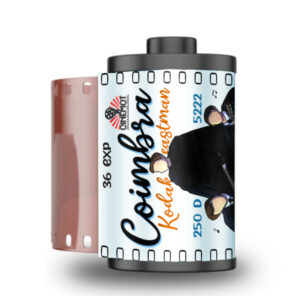
In this sort of film review, I will talk about how this film feels to use and the effect it has on the final scanned images. I shot this roll on my Nikon FM and got it developed and scanned by Analogue Wounderland. Right, with the formalities over, it’s time to get into the real meat and potatoes.
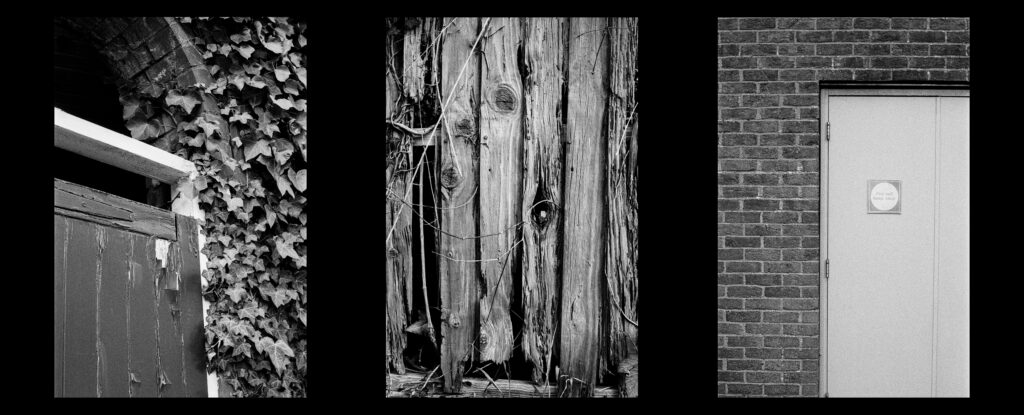
Just like the full spools of Double X, Coimbra has a box speed of 250 for daylight use. It boasts a wide exposure latitude and, as such, can be under or over-exposed with relative safety, taking some of the stress out of metering. Which worked well for me, as I have subsequently discovered that the meter in my FM is underexposing the images by about one to two stops and as you will see, this film took it like a champ.
There’s no two ways about it, Coimbra is a fairly grainy film, as you can see in the image and its cropped counterpart below. Now I quite like a fair bit of grain in film photos, as I said in my Phoenix review. It helps to build the ‘traditional’ analogue feeling in the image and adds a comforting imperfection. Unlike Phoenix, however, I am pretty happy with the look straight out of the scan, and I didn’t tone down the grain in Photoshop. It’s only when cropped into around 100% that the grain becomes a bit overpowering. As well as producing a nice background texture, I tried integrating it with an urban scene to create a dark, gritty tone (see the bike image further down), which, in my opinion, worked rather well.
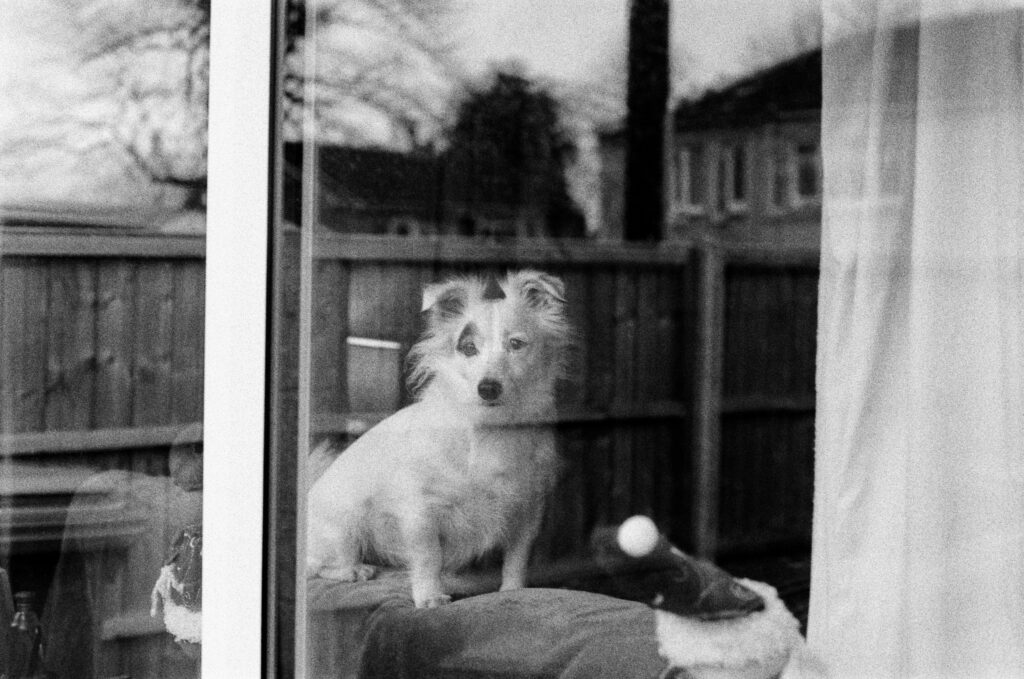
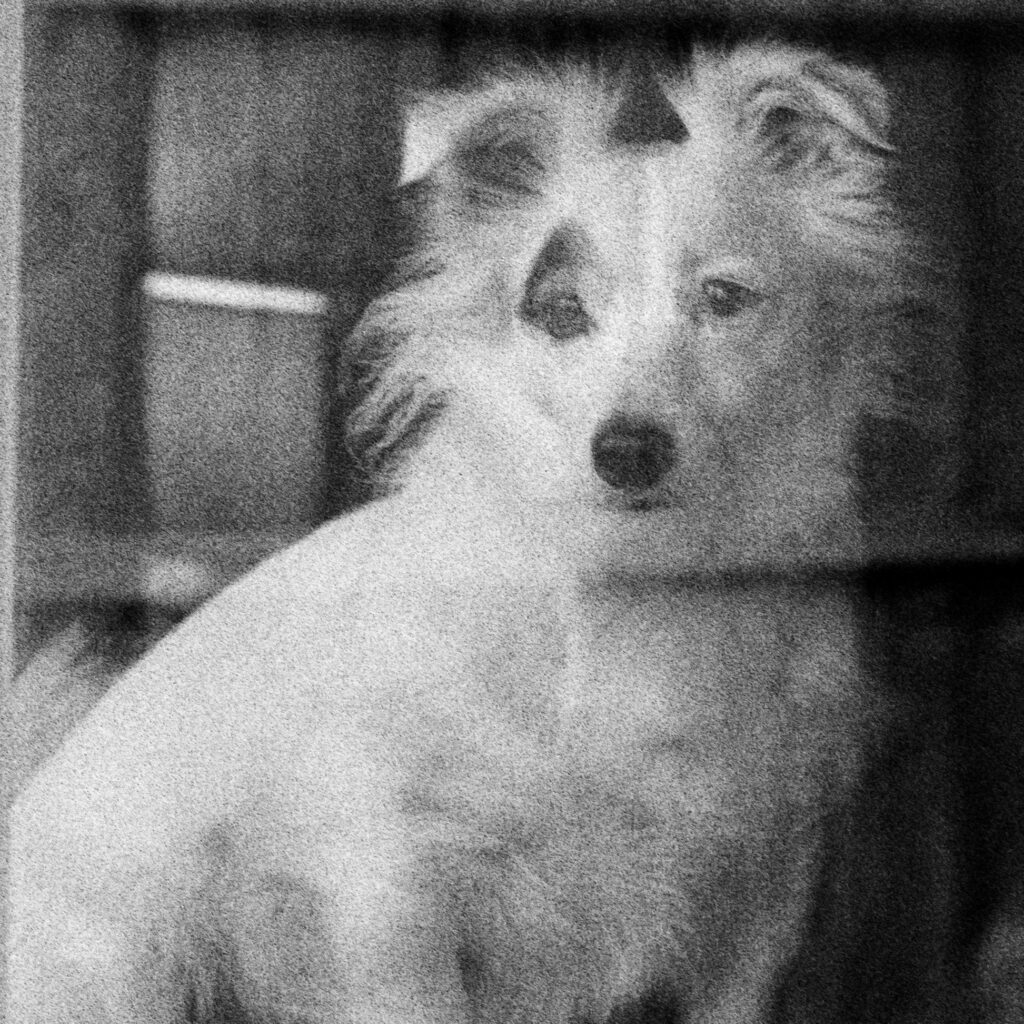
I would say that Coimbra is a decently contrasty film. Like most films, it can relatively easily handle overexposure, and thanks to its anti-halation undercoating, you don’t really get too many artefacts from overexposing it. It is also pretty capable in the shadows and when underexposed. It does tend to get a bit more grainy in the darker areas, but I didn’t really notice it in many of my images. Coimbra also keeps detail in both the highlights and shadows remarkably well.
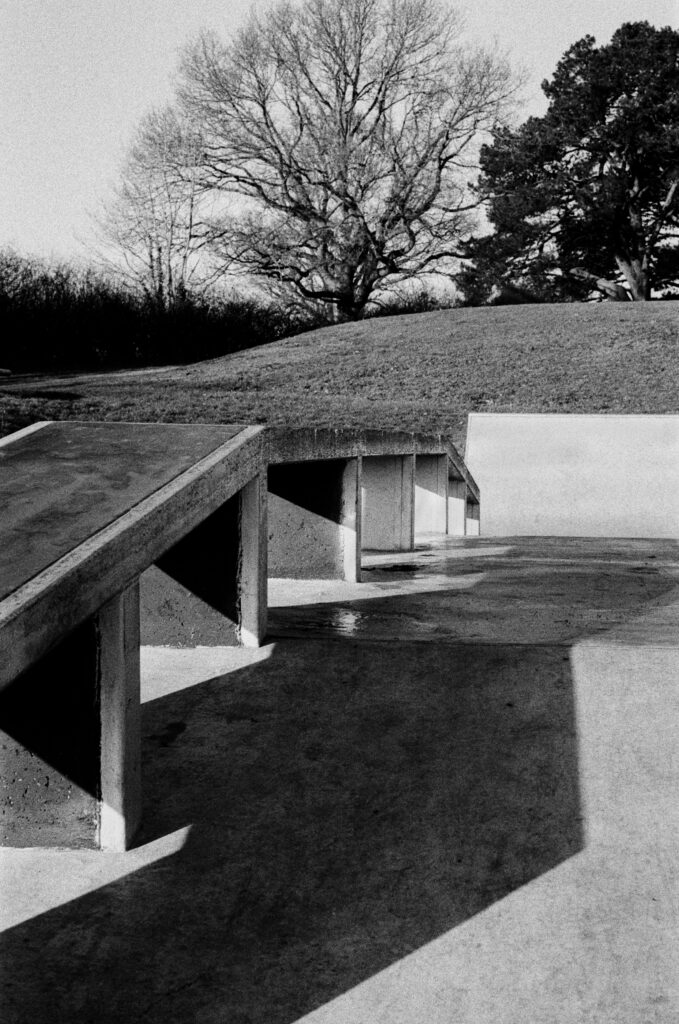
I love to print my images, as having photos on paper and in frames is an amazing way to get the full feeling and effect of an image, and I am very happy to say that Coimbra prints stunningly. Unfortunately, I don’t have a dark room set up that lets me print the images in the old-fashioned (and let’s face it, more fun) way, so I use a Canon Pixma IP 8750 with Canon ink and paper. It can become rather costly, but it produces good results for my price range and until I can get a proper dark room set-up. I have had a few issues in the past when printing film photos, especially with high-grain and expired films, as they can come out looking blotchy and just all-round off. However, all of my prints from Coimbra look amazing every time. When I put the paper in the correct way, that is, dough. Even when printed to A3, the grain is still a pleasant background effect and doesn’t become too overwhelming. I will note that I get my films scanned in high-res JPEGs, so I don’t know how normal scans will look in A3.
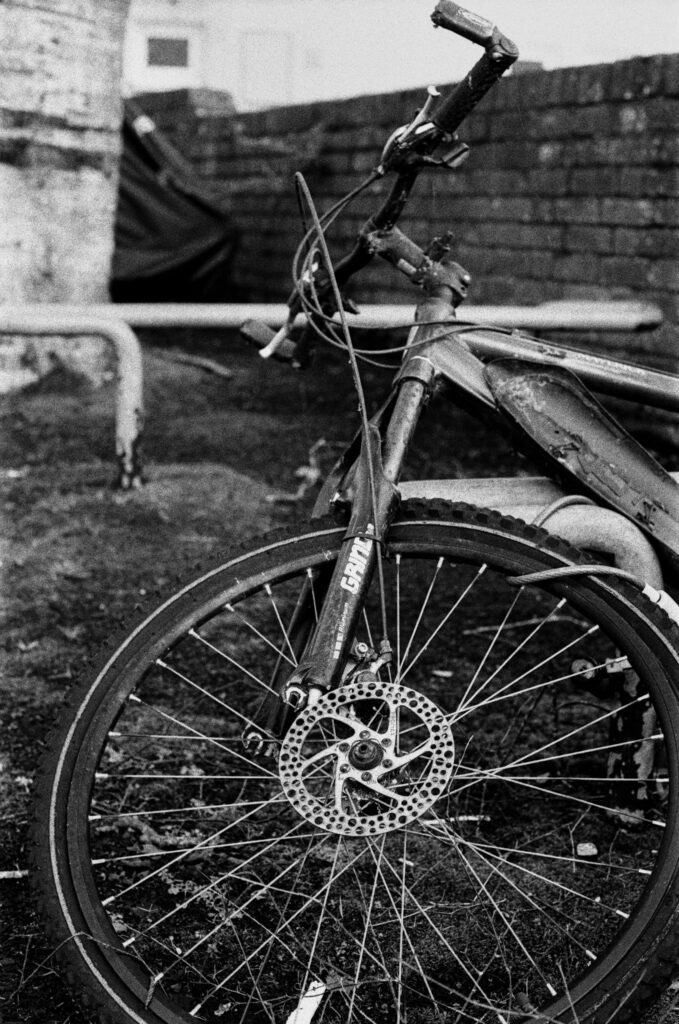
To end, I love this film. I am not always a massive lover of shooting black and white, as I find composing and even just finding colour images much easier, but this film makes me want to change that. I love its tones, the grain and how sharp it is. I have since brought their Fado, which is a 200 ISO film that is once again re-spooled from a Kodak cine film.
Coming in at £9 on Analogue Wounderland, it is slightly more expensive than HP5, which they are selling for £7.50. However, it is still cheaper than a lot of films, including Cinestill’s BwXX, which is selling for £16 in both 120 and 35mm formats and is also a re-spooled Double X film. Unfortunately, Coimbra is only available in 35mm format, so you can’t take advantage of the larger negative size that medium format gives you without going to another company like Cinestill and paying a little bit more.
Overall, as it is probably pretty obvious, I would highly recommend this film to new and experienced photographers, even if (like me) you prefer to shoot colour. Its comparatively low cost, stunning look, and high printability make it an
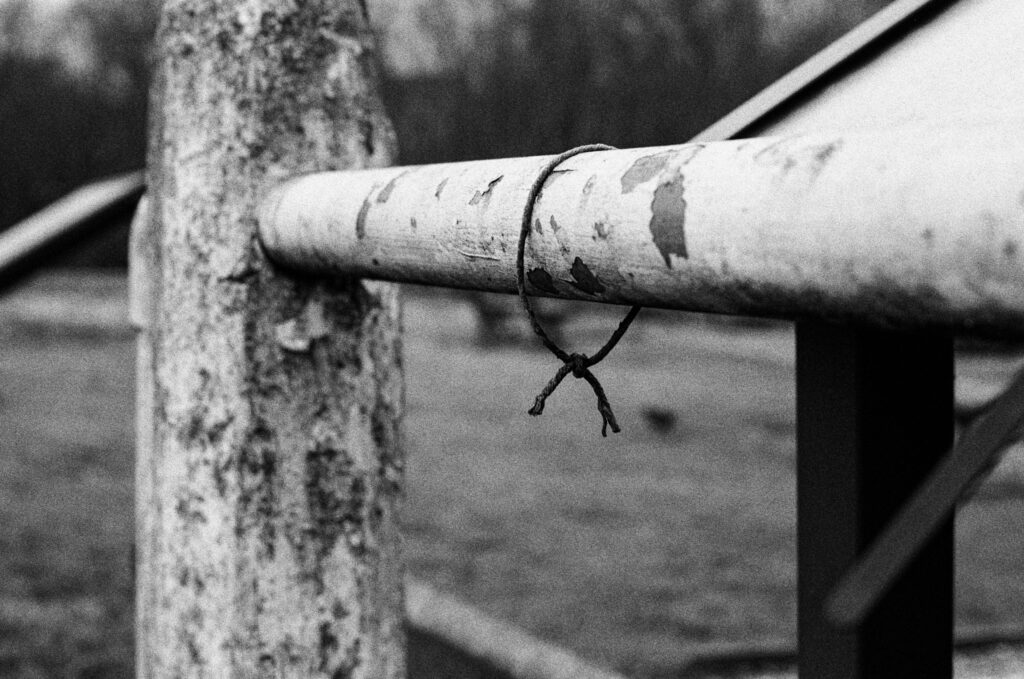
Thank you all for reading my hopefully somewhat legible rambling. If you want to see more of my photography, you can find my full Flickr feed here, the album specifically for Coimbra here, and my Instagram here. Once again, thank you all for reading. I’m off to make a cup of tea, happy shooting everyone.
Share this post:

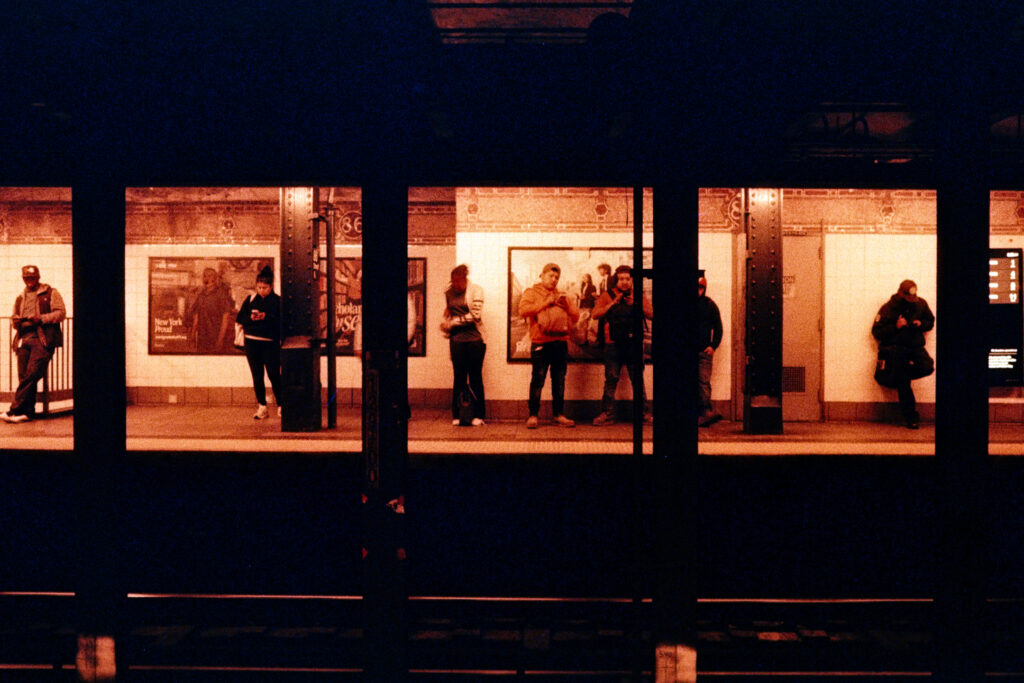
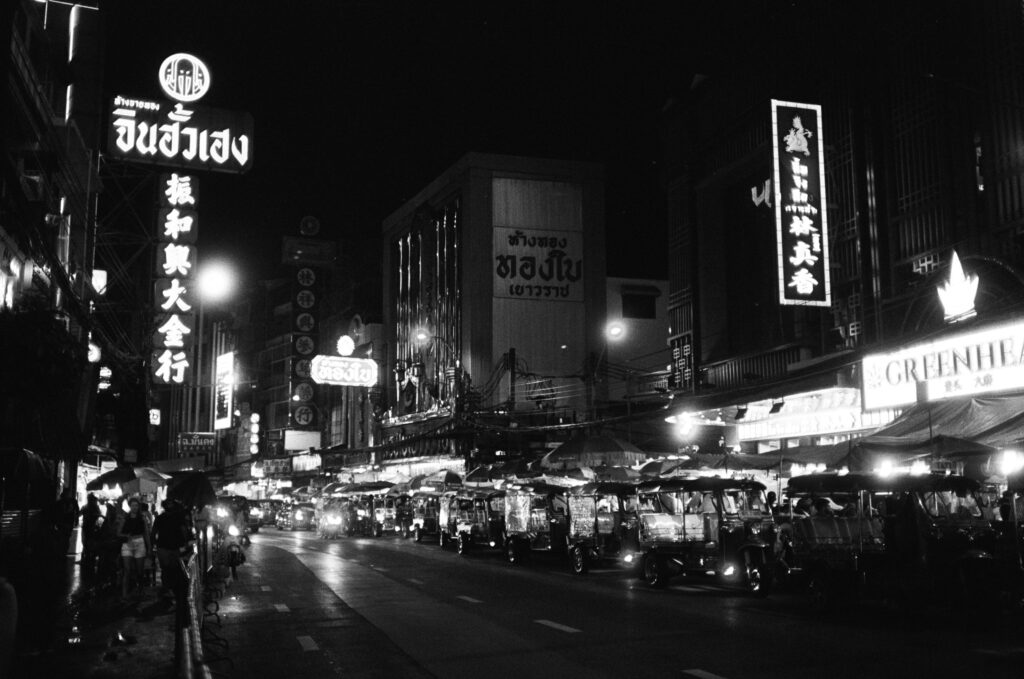
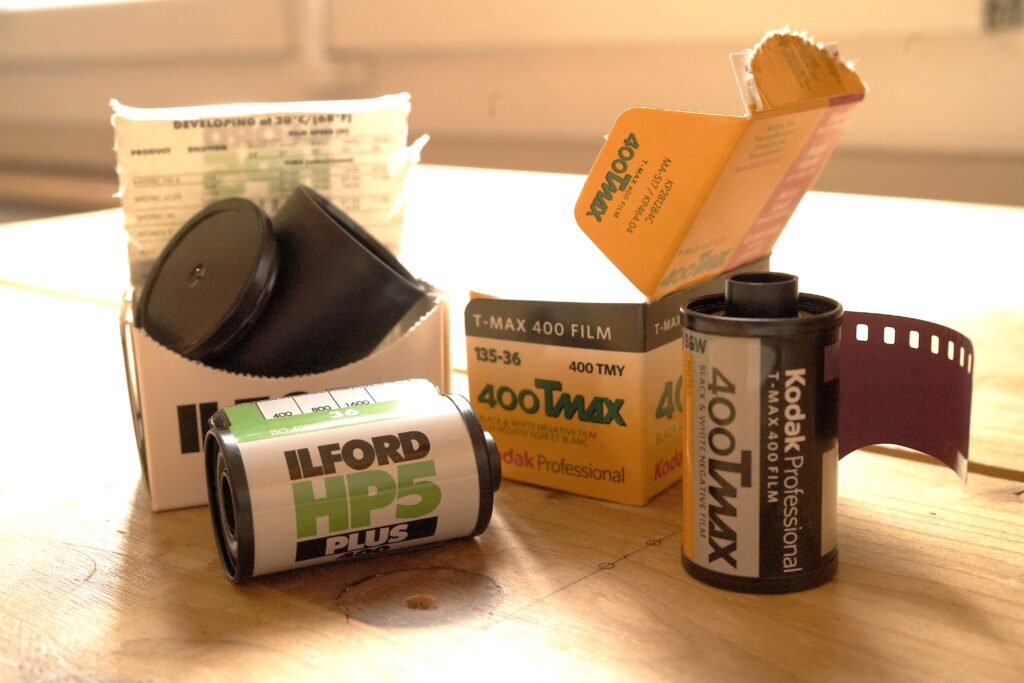


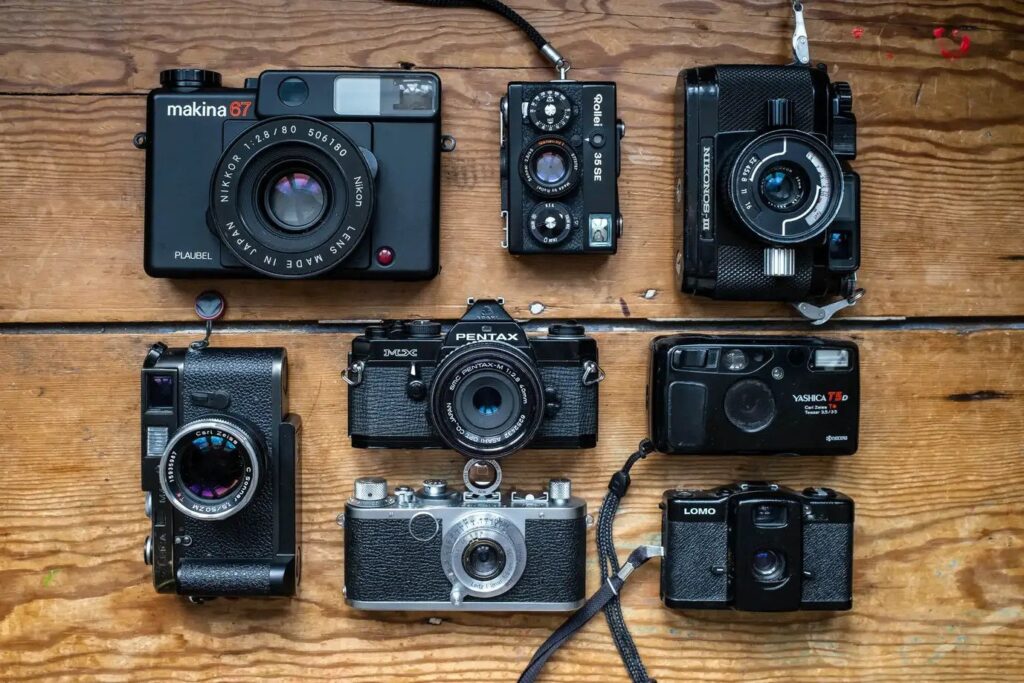
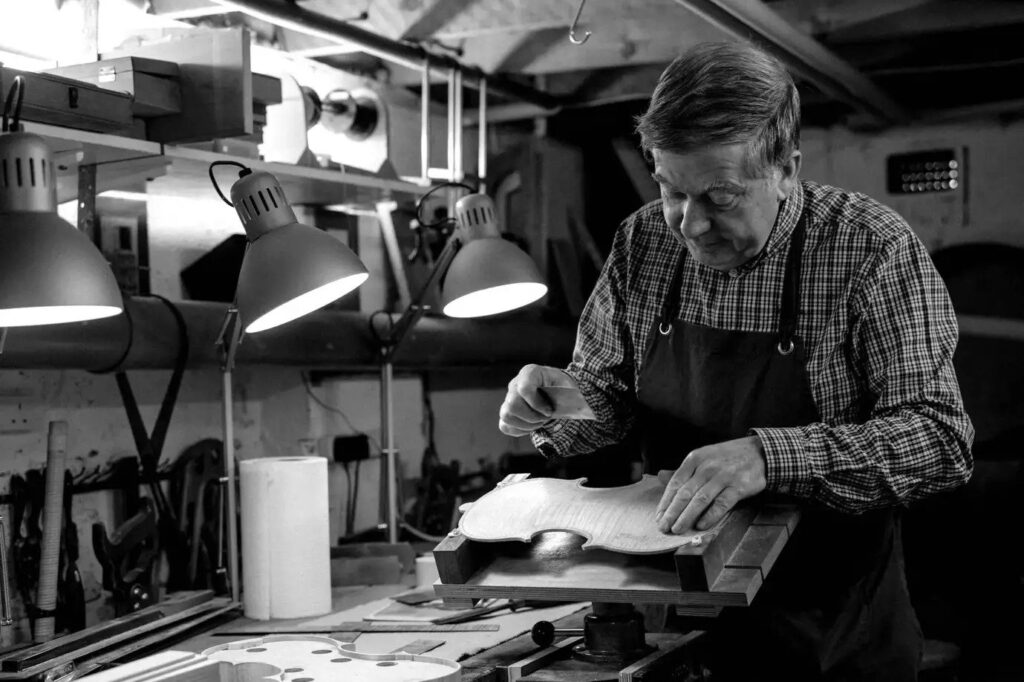
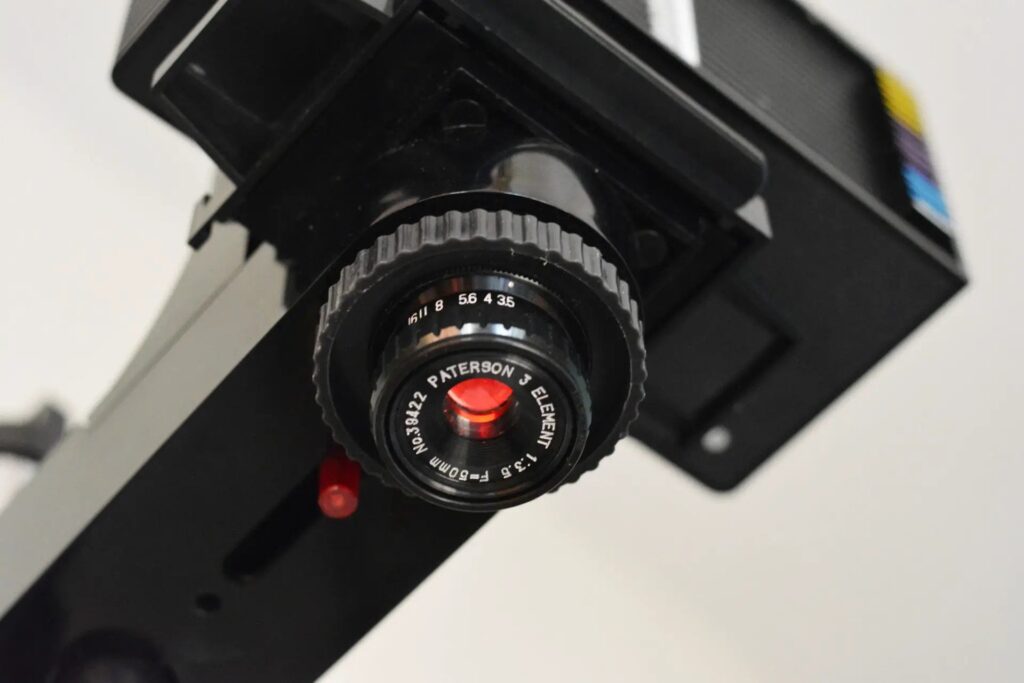
Comments
Gary Smith on To CineMot Coimbra, with love
Comment posted: 01/10/2025
Comment posted: 01/10/2025
Lance Rowley on To CineMot Coimbra, with love
Comment posted: 03/10/2025
Ibraar Hussain on To CineMot Coimbra, with love
Comment posted: 08/10/2025
I have used Double X quite a bit, but I haven't found it to be very grainy, it was quite smooth and consistent with the speed.
https://www.35mmc.com/13/06/2023/eastman-kodak-5222-double-x-with-a-contax-rts-ii/